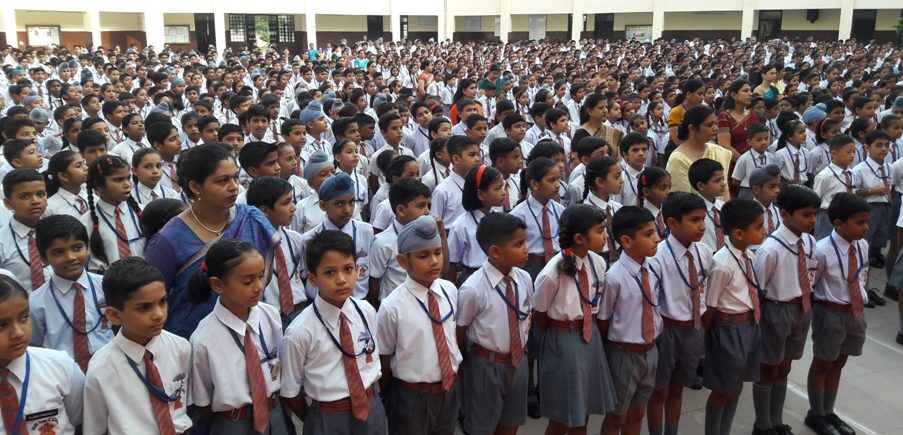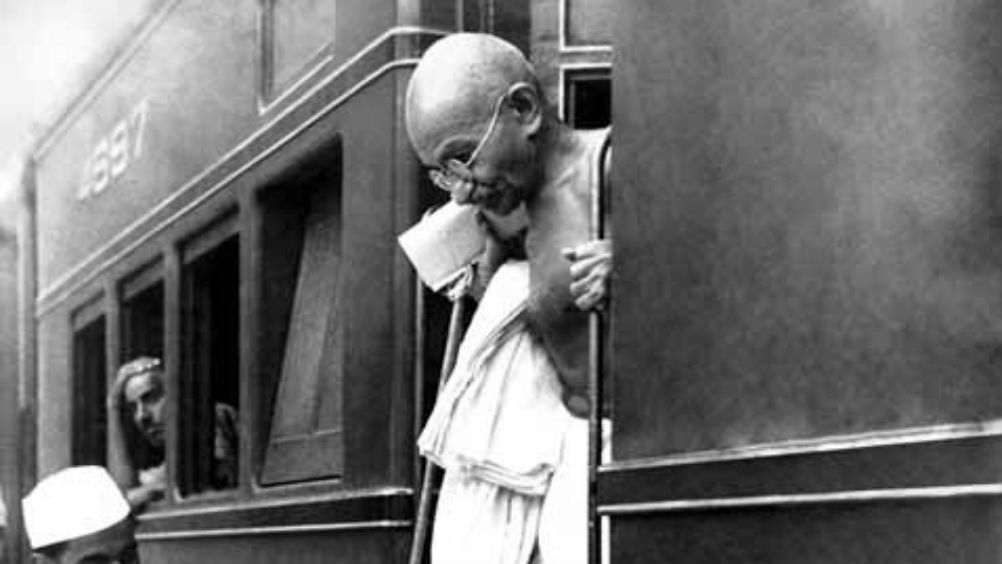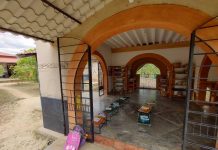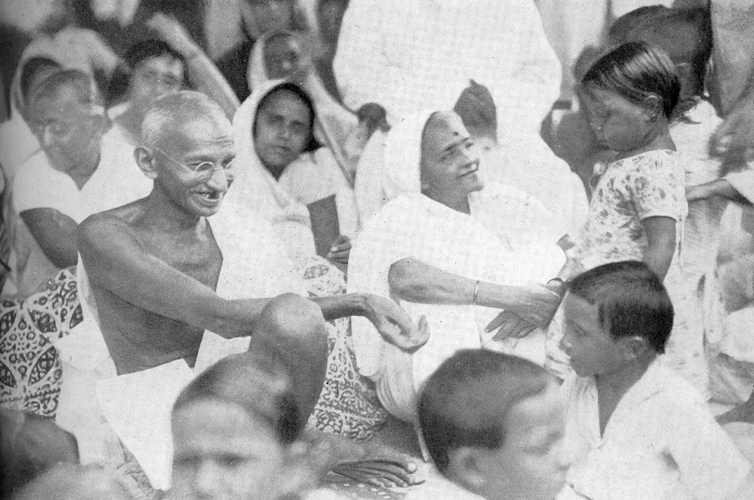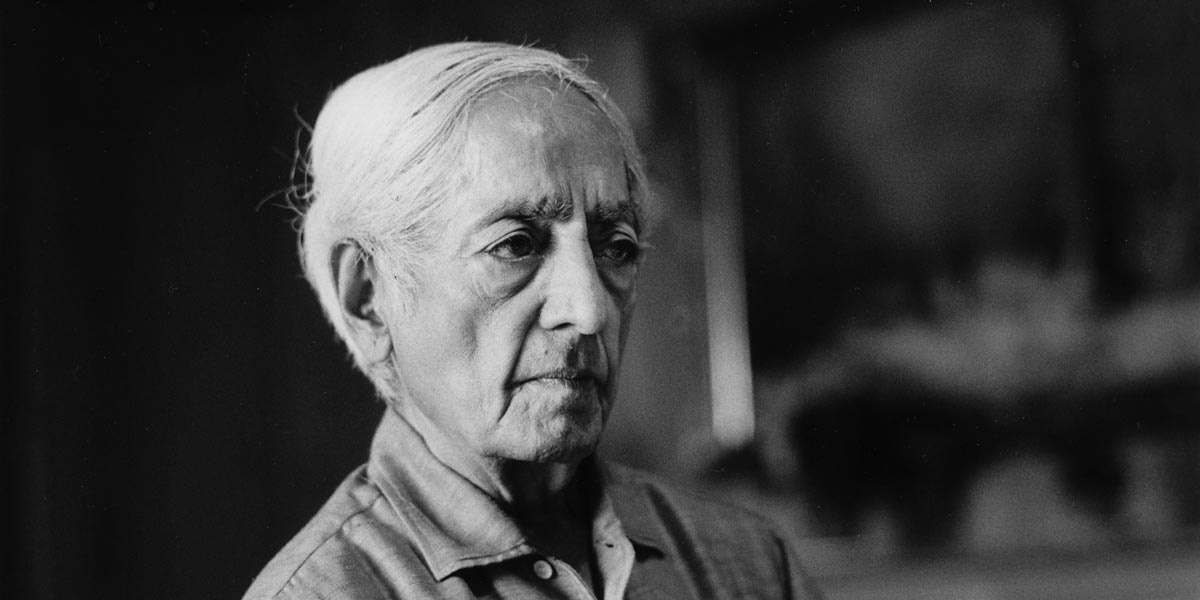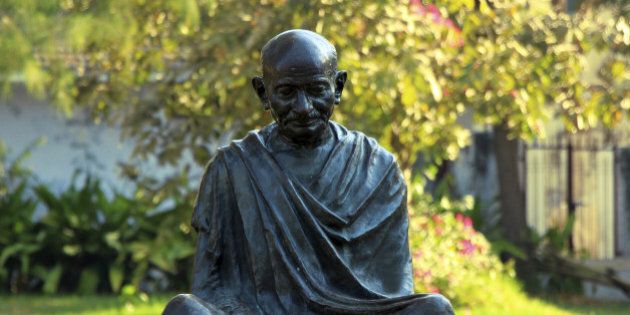Schools as important social institutions that nurture children, initiate them into a world that goes beyond family and kinship, cultivate sensitivity, the ethic of care, a concern for humanity and enable them to adopt roles as adults that help in the sustenance and maintenance of the social order- is often being challenged by increased cases of violence in schools. The school can no longer be seen as a site which is uncontested, unproblematic, harmonious, quiet and peaceful and necessarily capable of nurturing a child. The conflict, the bullying, the violence and the perpetuation of hatred that is often seen unfolding in our schools is one of the most profound challenges that we have to confront. How does the school negotiate violence, how does it legitimize certain kinds of violence and problematize others, can alternatives to violence be understood by those who have not experimented with it and is there something inherently problematic with the logic of assessment/examination/ competition/merit that schools seem to relish?
We have come across innumerable cases of bullying in schools and primarily of children who are considered ‘weak’ or not competent enough by those whom the system sees as capable, ‘talented’ or bright. Children with physical disabilities are mocked for their bodily imperfections, called names, stigmatised and compelled to withdraw into a lonely cell.
Children who don’t do sufficiently well in academics or sports are assumed to be worthless and incapable of anything meaningful in life- teachers rebuke them in front of a class full of children, scold their parents and remind them of their unpromising child before the parents of the ‘competent’ students, their non-satisfactory report cards are used to demean them and break down their self-worth completely. Studies have even shown how Muslim students are taunted for the tiffin that they bring to school, are often called terrorists in a fight, are assumed to be supports of Pakistan and are told that they are responsible for India’s poverty and for being masterminds behind all terrorist attacks in the world.
Dalit children are often reported to be used for mopping washrooms, cultivating school gardens or for doing odd jobs for the teachers instead of being allowed to get educated like their counterparts from the upper castes. In schools that follow admission reservation for children from the economically weaker sections, we find many cases of students being mocked for their parents’ occupations, being told to lift bags of classmates, being asked to sit towards the end of the class and to eat their tiffin separately. Something fundamentally wrong is unfolding in our schools and the repercussions of this injustice are being felt time and again through both some extreme cases of violence and several unaccounted, unrecorded instances of violence that are taking place across the nation.
On 10th March, a school in Dehradun hurriedly buried the body of its 12 year old student who had been declared dead by the doctor within the school premises. Vasu Yadav was beaten up by seniors of his own school after they alleged that he had stolen a packet of biscuits on a school trip. The boy bled to death and died in the school itself. After being brutally beaten, the boy was left on his own in a classroom only to be discovered later by the school wardens. The residential school buried the body of the boy in the school premised and did not even bother to inform the parents that their ward was no more, last September, seven year old Pradyuman was found outside his school washroom in Gurgaon with his throat slit after a senior from the school killed him in order to postpone the annual school examinations.
There are hundreds of more cases of school violence that have been reported or remained unheard of in Indian schools in recent times. It had been considered an urban problem for a long span of time but even the small towns and villages are not spared from it. What do we make of the fact that a teacher in Lucknow slapped a class three student more than 4o times and she fainted from the beating or of the fact that a class tenth student was beaten so brutally by his teacher that he lost his capacity to hear, a student’s hand got fractured after a teacher decided that throwing a duster at him would adequately invoke sincerity in his being, a Mumbai slum school beat two of its students so brutally that they lost their eyesight?
Schools are supposed to be sites that nurture the child and enable her to unfold her inner potential. Paradoxically, more often than not schools are turning into sites of abuse and sadist passions. The traumatic experiences that some of the victims have to go through don’t just ruin their childhoods but also traumatise them for life. Aggressive competition, parental and societal pressure about academic performance, peer rivalry and an unfiltered access to information/games/entertainment that glorified violence have all made the school a much controversial and morally problematic site.

